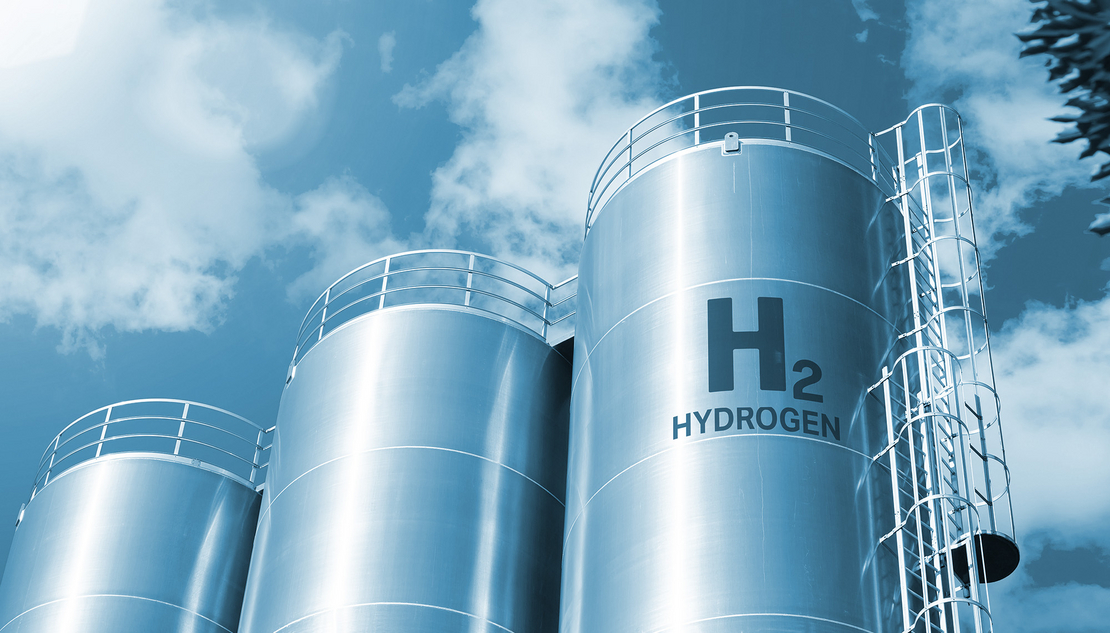Pennsylvania is the only state that was awarded funding for two hydrogen hubs because of our access to an abundance of natural gas, yet the hydrogen economy could be hindered if the Biden administration does not implement a tax credit correctly. While the 45V credit, authorized by the Inflation Reduction Act, was intended to be “technology agnostic”, promoting the utilization of all energy types to support hydrogen development, leaked government documents and recent media coverage indicate the Treasury Department may issue guidance that would restrict hydrogen’s development.
This week, the Treasury Department is expected to issue tax credit guidance that will significantly shape the future of hydrogen production. These rules will determine what projects, and project types, will qualify for the Inflation Reduction Act’s (IRA) 45V clean hydrogen production tax credit (PTC).
The guidance could negatively impact projects that utilize blue hydrogen and thereby directly impact Pennsylvania’s ability to lead in this new area of American energy production. With many ways to produce hydrogen, natural gas remains the most efficient and is critical to expanding hydrogen’s role in our energy future.
Pennsylvania has a considerable advantage when it comes to jumpstarting hydrogen production thanks to our abundance of natural gas, however if the final guidance restrictive, we could lose out on a major economic and environmental opportunity. This could include missing out on thousands of jobs, emissions reductions opportunities and localized economic growth.
As we look ahead, clear guidance that does not exclude certain forms of energy, is needed to ensure our nation continues producing and supporting an all-of-the-above energy strategy that promotes energy security, but even larger, national security.
What they’re saying:
Some policymakers are encouraging the Biden Administration to arbitrarily box out certain methods of hydrogen production.
“…45V must not be applied to hydrogen chemically derived from natural gas. Industry is recommending that Treasury allow credits using methane capture to offset their calculated GHG emissions. This practice promotes the continued production of natural gas as a source for hydrogen and may incentivize a market that is detrimental to our overall goal of reducing GHGs. Therefore, we recommend that Treasury disallow methane capture and offsets as an accounting tool to receive the 45V tax credit for fossil-based hydrogen production.”
Others are speaking up to support of all manners of hydrogen production.
“In the long term, this may hamper the development of a robust clean hydrogen market, undermine … production and price-parity goals, reduce the positive effects of scaling up … investment, and prevent clean hydrogen from fulfilling vital roles in hard to decarbonize sectors.”
Some are directly supporting blue hydrogen
“I do not believe that boxing out a carbon neutral option, like Blue Hydrogen, from these incentive structures, is the right strategy – especially at such an inflection point in clean energy development. Such technologies have the potential to help this country achieve our climate goals, strengthen our energy security, and grow solid union jobs.”





